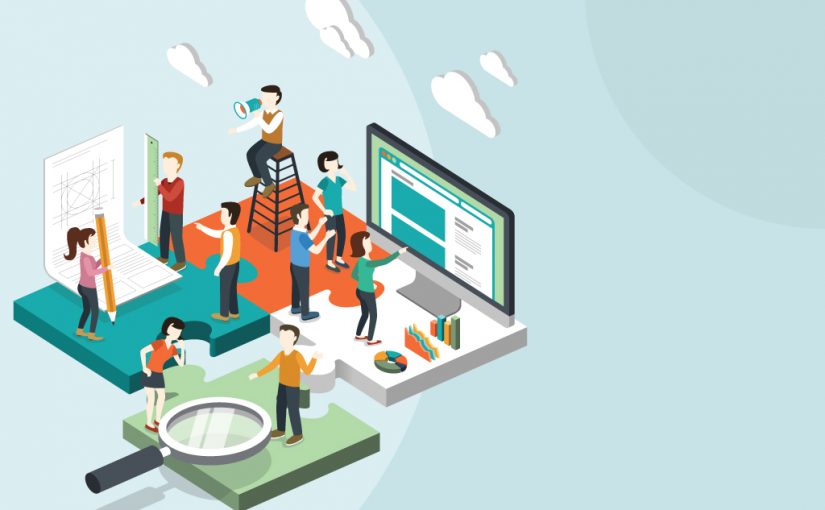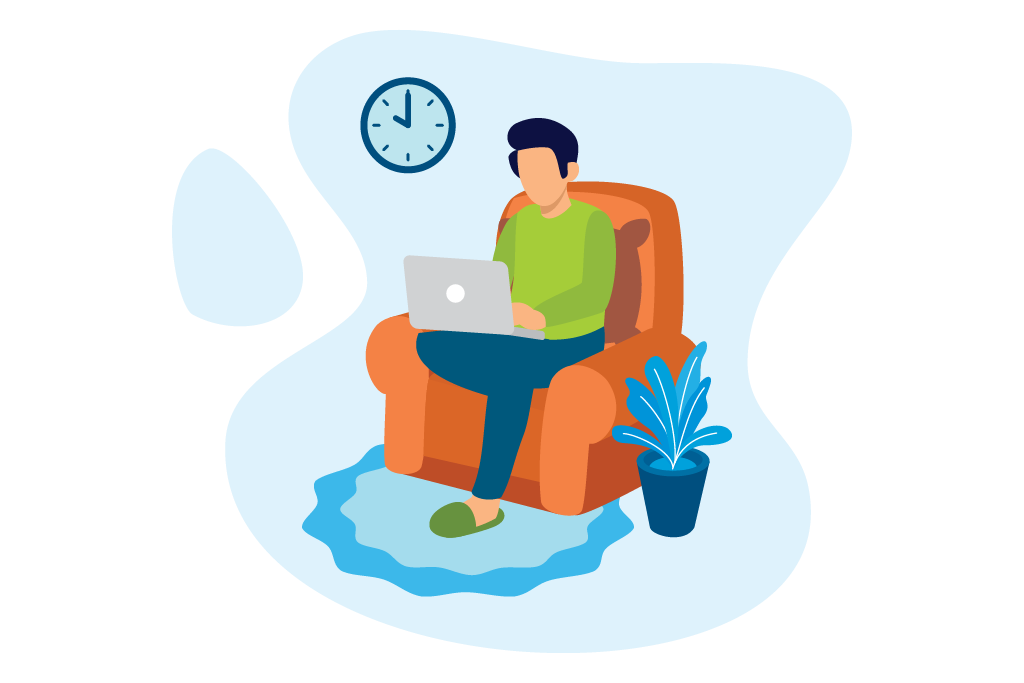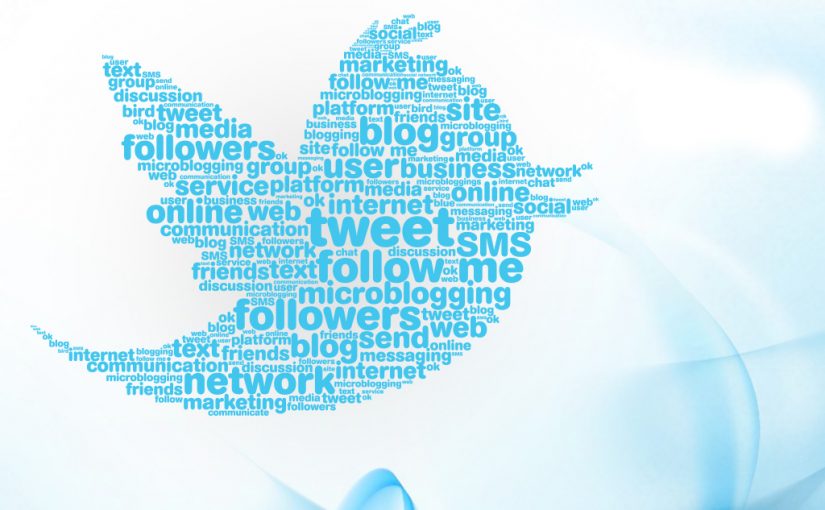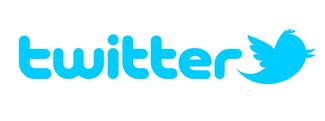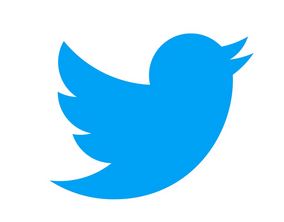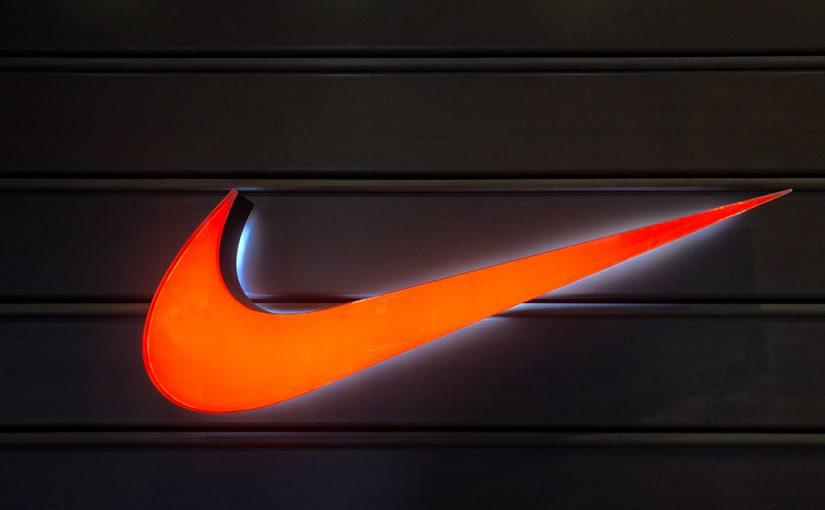If you’re a small business owner, you’re likely feeling the strain caused by the pandemic — especially if you have a brick-and-mortar store that’s been subject to closure. Customers are staying home and not buying as much. Small businesses of all sizes, from mom-and-pop shops to startups to formerly thriving franchises, are affected by both social distancing and an economic downturn. It’s natural to feel alarmed and anxious about your business’s future. During these difficult times, it’s crucial to stay calm and strategic. Here’s how you can keep your small business alive during the pandemic.
Build Your Community
Just because customers aren’t buying or visiting doesn’t mean that they aren’t interested. In fact, many of them are looking for a sense of familiarity and appreciation from the businesses they care about. Take this time to focus on your marketing. How can you cultivate a community around your brand?
For example, you can share personal messages from yourself or your team on social media, or invite your followers to share selfies or personal photos. Focus on how you can promote a sense of connection among your customers. Both your loyal customers and prospective ones will appreciate your compassion.
This is also a great time to share your knowledge. If you haven’t started a company blog in which you publish valuable articles, now is the perfect time. This content will draw in prospective customers, even those who would not otherwise encounter your business. This tactic is an essential part of inbound marketing, and it can help keep your audience engaged even during the pandemic.
Relief Programs
The CARES Act, recently passed by Congress, greatly expands the business loans that are backed by the Small Business Administration. Now, loans of up to $10 million are available for small businesses. These loans, provided through the new Paycheck Protection Program (PPP), help your business keeps its staff and venue. Loans are forgivable if you do not lay off any programs.
A PPP loan provides up to 2.5 times the average cost of your monthly payroll, as calculated for an 8-week period. This program is intended to help you keep your workers on staff and a roof over your head. You can typically take out these loans through your exist- ing financial provider. If you’re concerned about your ability to pay your bills, a PPP loan is worth looking into.
Upskill Your Team
Whether your team is working from home or unable to perform their basic tasks, now is a great time to help them expand their skills. After you’ve used a PPP loan to keep them on staff, get them started on upskilling. For example, to obtain their help with your new marketing efforts, have them take a digital marketing course.
It’s important to help your team feel supported and valued, especially if they’ve helped build your business and its reputation. While many big businesses are laying off employees, you need to keep your team at your side. Investing in courses or training — many of which are quite affordable — is a great way to demonstrate your support and grow your business at the same time.
Reflect and Reevaluate
You likely have some downtime during the pandemic. Take that time to reflect on your business’s progress and goals. If you’ve truly been struggling, evaluate what steps you can take to be more resilient. Can you expand your business to include an e-commerce store? Are there online courses or virtual services you can provide to your customers? If these aren’t feasible now, are they some- thing to think about the future?
It’s also essential to take time for your own self-care. Running a business is hard work, and even harder these days. Taking care of yourself is the first step toward caring for your business. Your team looks to you for leadership, so it’s crucial that you remain focused and collected. Preserve your brand with a calm, compassionate approach.

Wrapping Up
Keep an eye on what your business needs to survive, but don’t lose sight of the human needs at the core of your business. It’s important to adjust your pandemic strategy to make your team and customers feel appreciated and supported. By following the practices described above, you can build your small business’s resilience and weather the COVID-19 storm.

